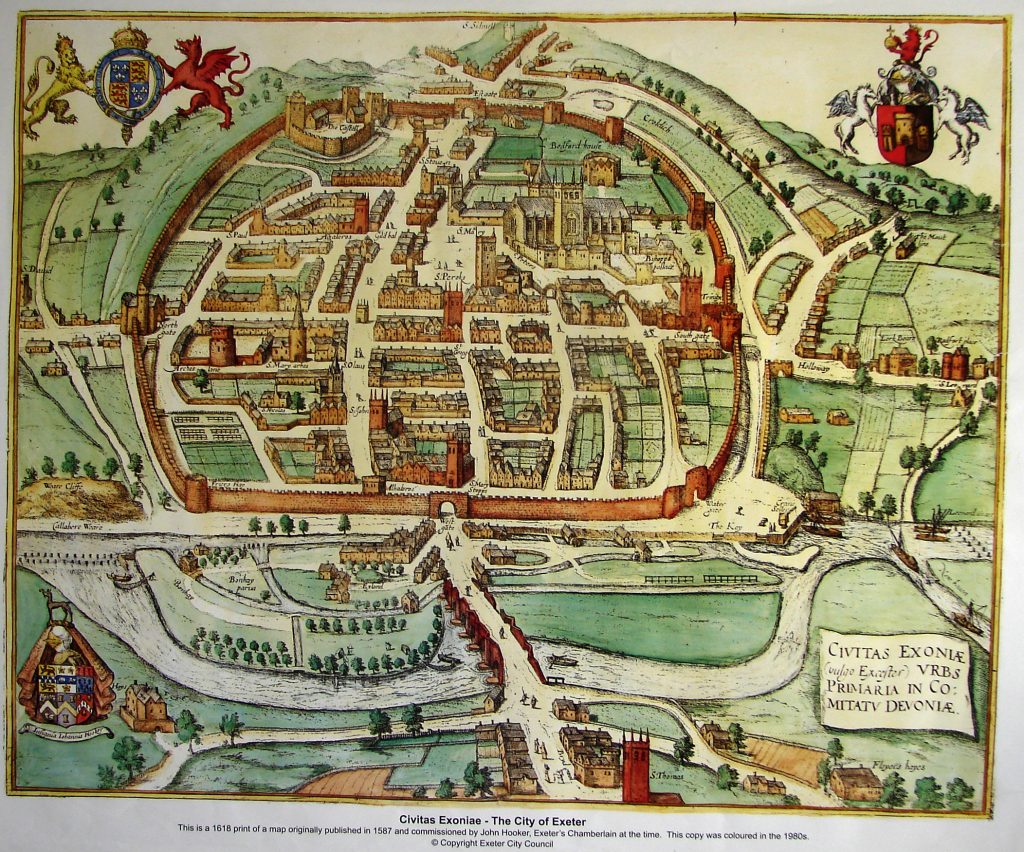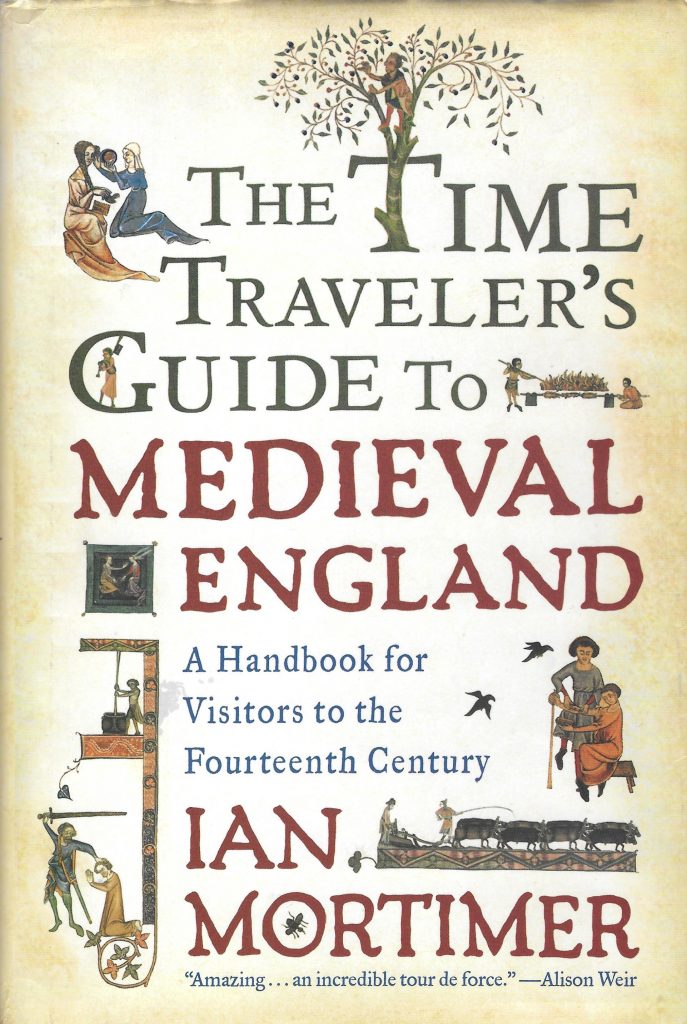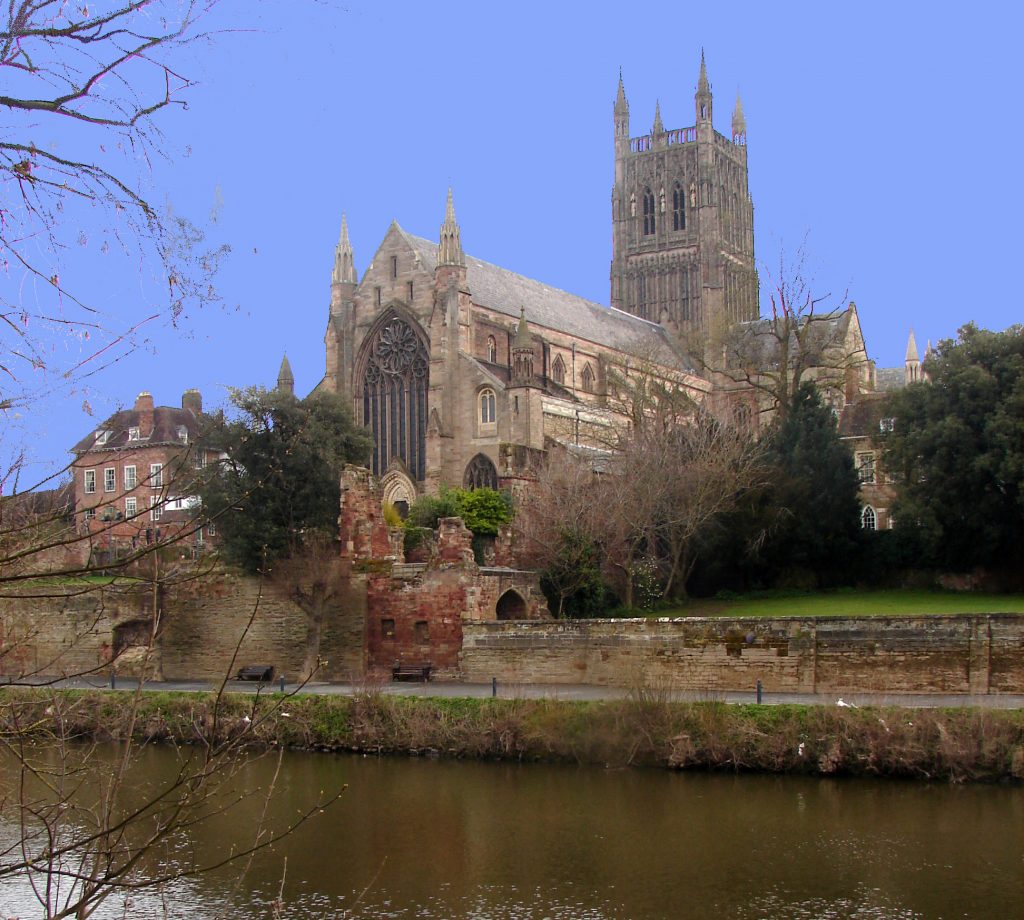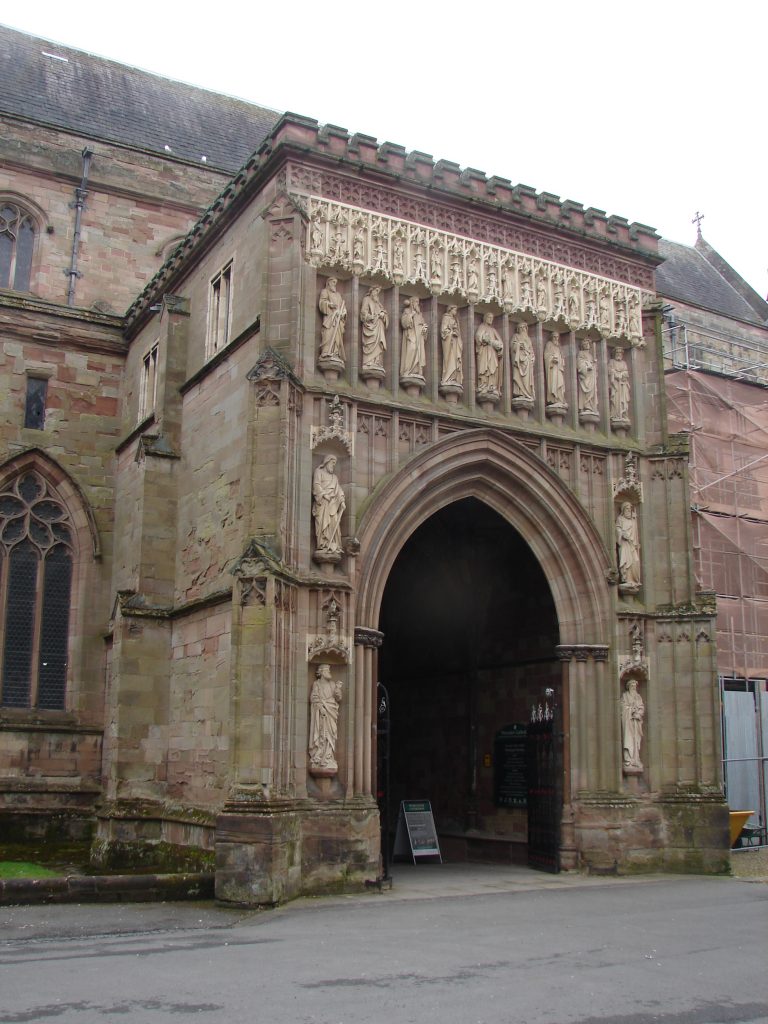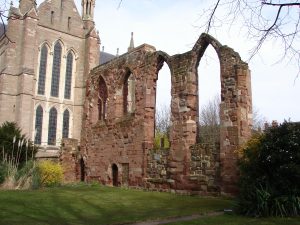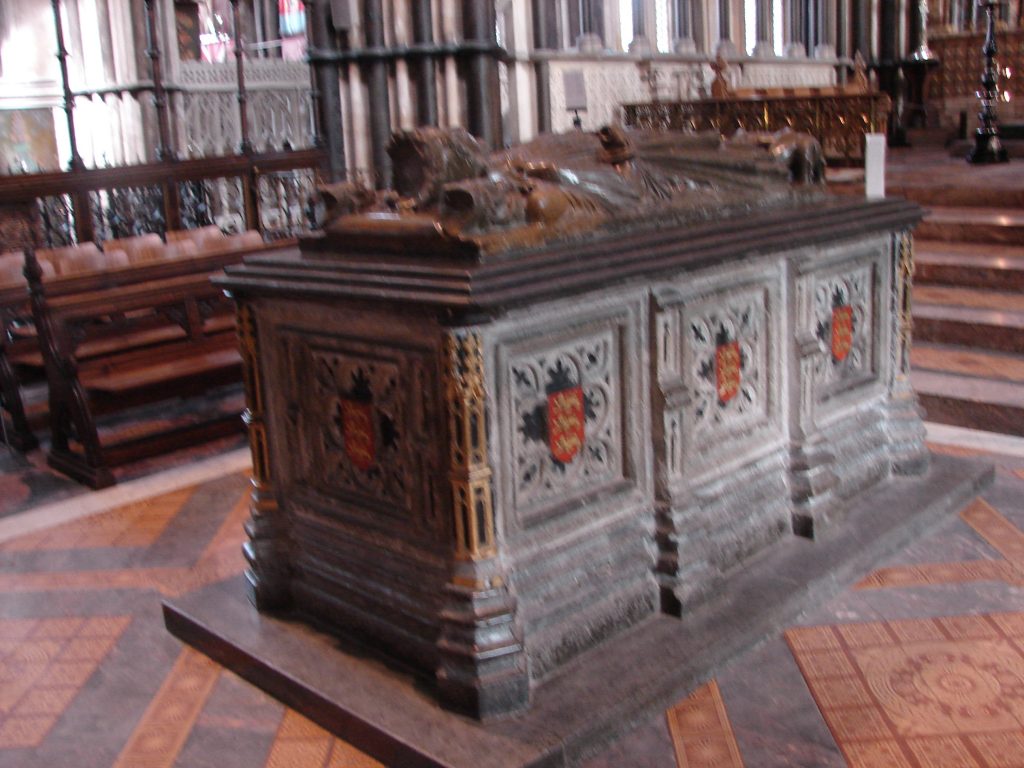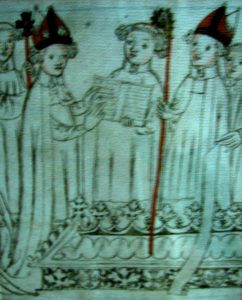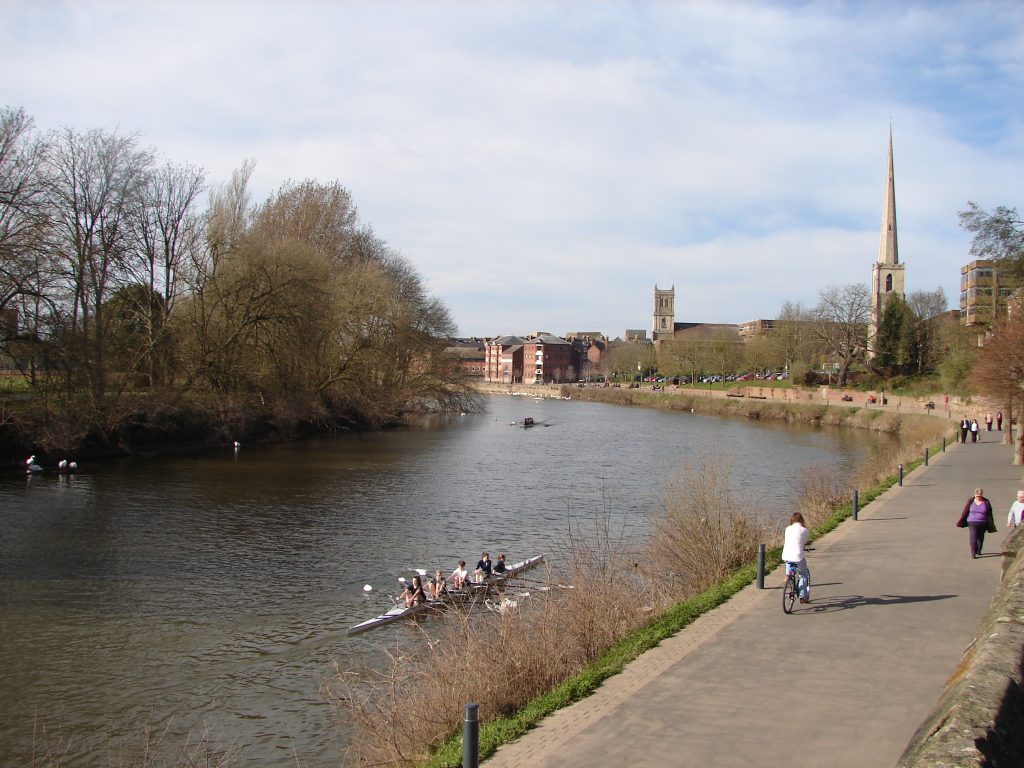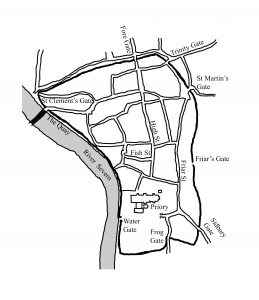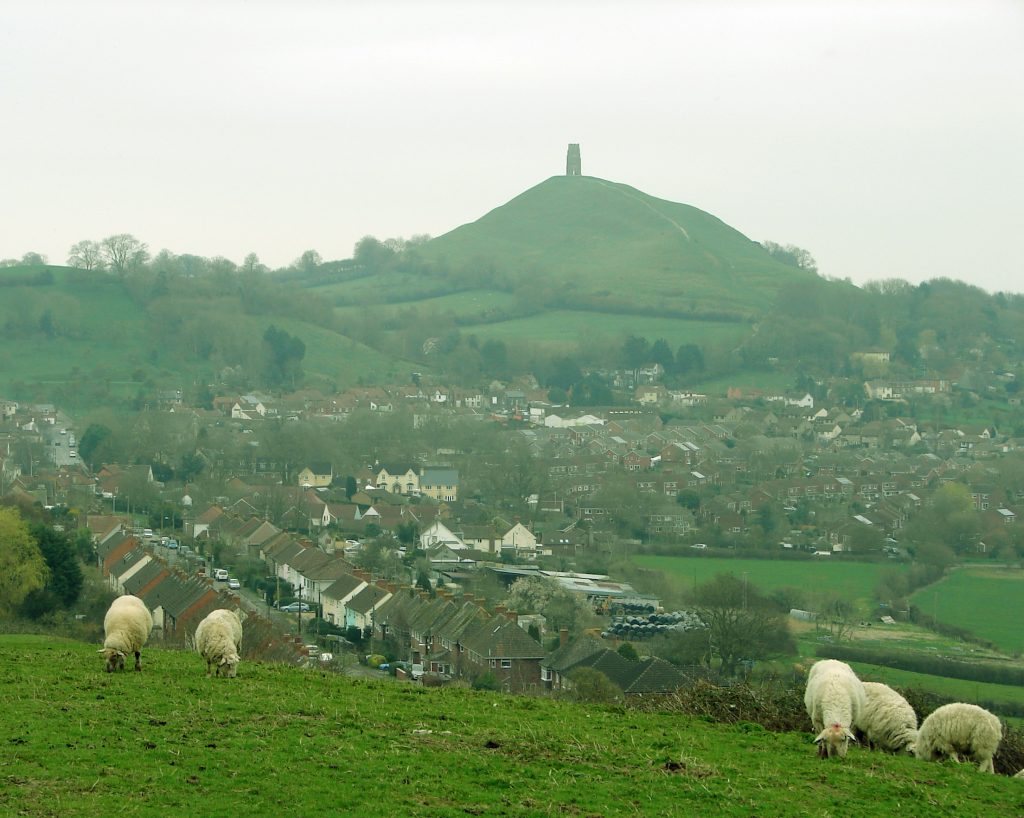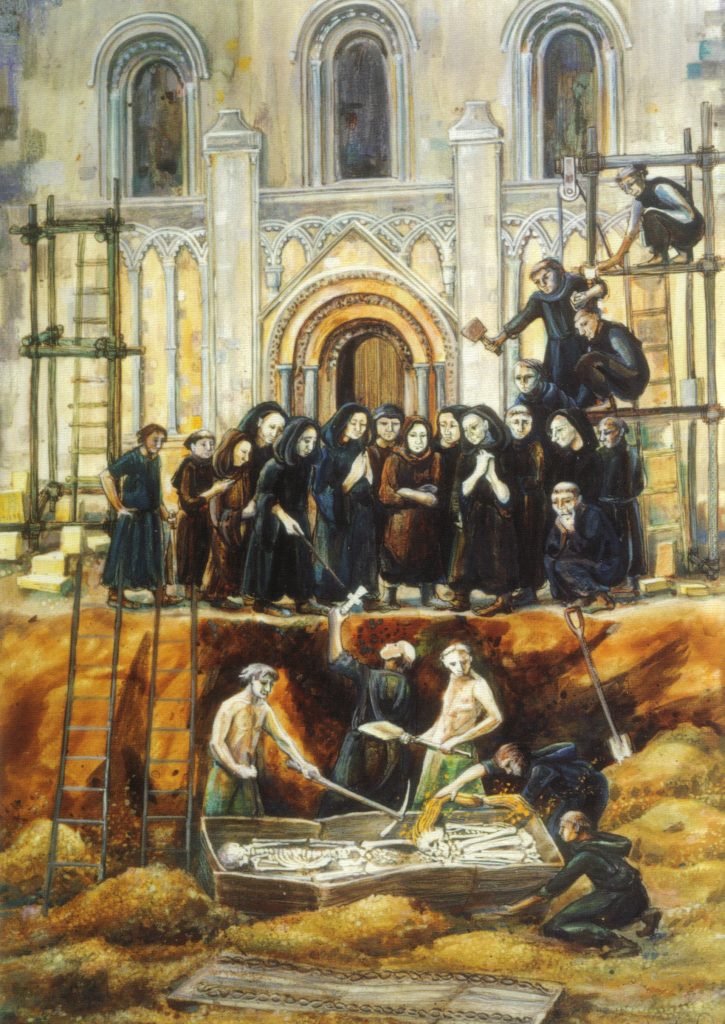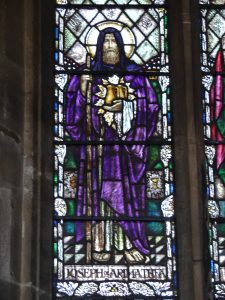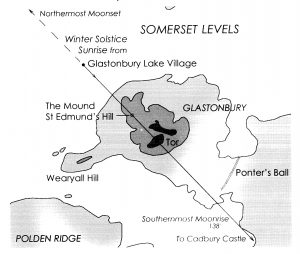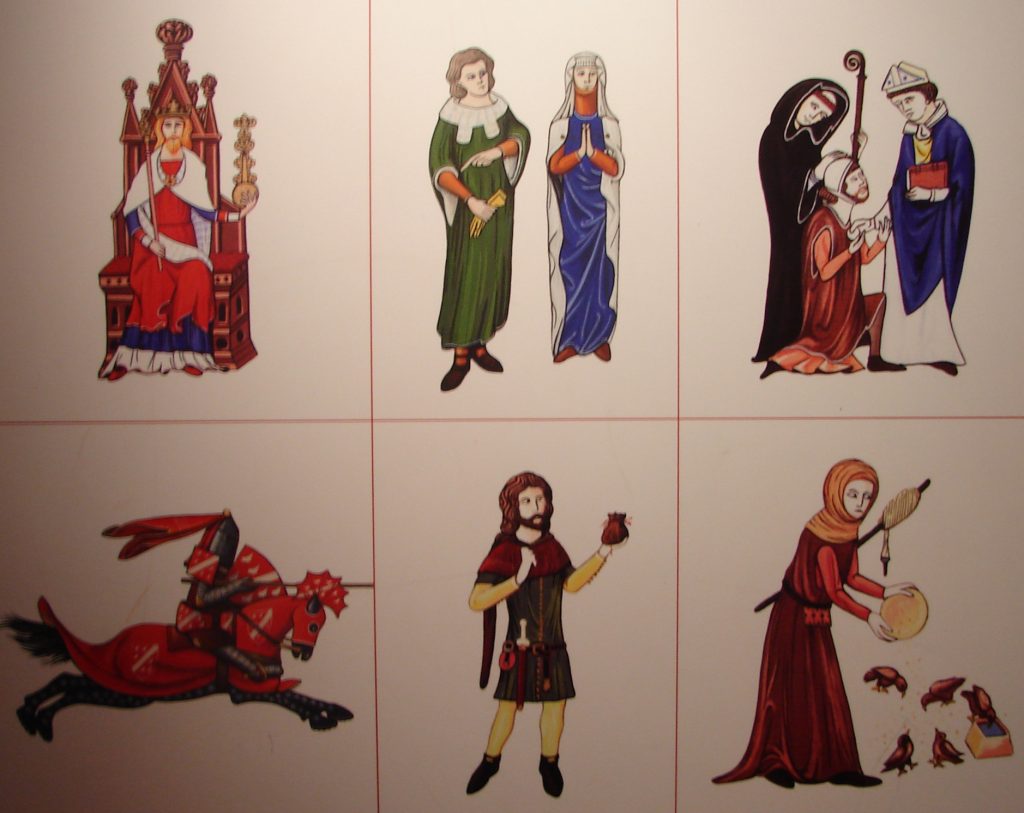 The second chapter of Ian Mortimer’s book, The Time Traveller’s Guide to Medieval England, is entitled: The Medieval People. It is natural to wonder how similar and how different were medieval people from modern ones. Evolution dictates that some characteristics change slowly while technological progress may be rapid.
The second chapter of Ian Mortimer’s book, The Time Traveller’s Guide to Medieval England, is entitled: The Medieval People. It is natural to wonder how similar and how different were medieval people from modern ones. Evolution dictates that some characteristics change slowly while technological progress may be rapid.
The average height of 14th century English males was 5’ 7”, for females, 5’ 2”, not much below modern standards. Yet, there are some striking contrasts. Medieval English people would seem very young to us. Almost forty percent were under the age of fifteen. Less than five percent of 14th century English people were at least 65. The median age then was 21. Now it is 38.
This meant that young men often had responsibilities which would be unthinkable today. In some towns, boys as young as 12 served on juries. King Edward III declared war on the Scots and led his outnumbered army against them at age 20. Today he would be too young to be a Member of Parliament. Prince Edward at Crecy led the foremost battalion of the army when just 16 years of age. In general, men were considered in their prime in their twenties, mature in their thirties, and old in their forties. A woman was considered in her prime by age 17, mature by 25, and old by 35.
Another aspect of the English population is that it shrunk from 5 million in 1300 to about half that number during the period of my novels (1380-1406). England did not regain 5 million until the 1630’s. The Great Plague in 1348-1349 accounted for much of that drop but not all. There was a drop of around 10 percent between 1315 and 1325. Another quarter of the population was lost in the second half of the 14th century. Think how much wisdom and expertise were not available by the combination of the younger age distribution and the population reduction.
Medieval people were part of a class system which traditionally had three estates. This divided people into those who fought, those who prayed, and those who worked, in other words: the nobility, the clergy, and the peasants. Of these, most literacy was found in the nobility and the clergy, with most peasants being illiterate. The latter was by far the largest group. The picture at the top is a display in the Corinium Museum in Cirencester which shows various classes of medieval people. The top row shows a king, nobility, and clergy while the bottom row shows a knight, a burgess, and a peasant.
In the 14th century, this pattern of classes was still important, but changes were underway. The nobles who did the fighting were joined by the English longbowmen who came out of the class that worked. These longbowmen allowed greatly outnumbered English armies to triumph in such battles as Crecy and Agincourt. Another change in the 14th century was the rising importance of the merchants. These were not nobles or clergymen, but they often were literate and came into wealth that matched or exceeded that of noblemen.
Noblemen were very few, starting with the king. Below the monarch were less than a hundred dukes, earls, and barons. Next came over a thousand knights. Some 10,000 esquires and gentlemen had lands which earned income. The number of nobles and their families made up just a fraction of one percent of the population. Lady Apollonia was the daughter of an Earl of Marshfield and the sister of the next Earl.
The clergy were more numerous, perhaps about 30,000. Archbishops, bishops, abbots, priors, canons, and archdeacons had a hierarchy like the nobles. Below these were rectors, vicars, chaplains, friars, minor clergy, and hermits. Much of the clergy were monastic. They had to be at least 18 years old and comprised over two percent of the adult population.
In the social hierarchy, mayors of cities and incorporated towns were on a level with knights. Merchants were becoming important in the 14th century. Lady Apollonia’s second husband, Edward of Aust, was a franklin. He owned property in Aust and elsewhere, including Exeter House in my second novel, Plague of a Green Man, and he was also a successful merchant. He was below the nobility. Hence, Apollonia married below her class when she was wed to Edward. Still, he was her most beloved husband.
It is easy to classify those who worked in medieval England as just peasants, but it wasn’t that simple. I have already suggested that merchants and franklins enjoyed a social status just below the nobility or the landed gentry as the lower nobility came to be known. Working people were not known at the time as peasants. There was concern with differences among working people. Were they born to servitude? Were they subject to a lord? Were they free men? What skills did they have? Working people who had responsibilities such as a reeve or a constable were often resented by other workers.
Even servants could enjoy a good quality of life. Consider Lady Apollonia’s affinity. Her maid, Nan, came to Apollonia’s attention when Nan was a little girl. She learned to speak properly and assumed considerable responsibility in the Lady’s household throughout her adult years. Many servants did not fit our stereotype of the medieval peasant.
In this age of concern about lack of equal pay for equal work and growing awareness of sexual harassment in the workplace, I want to address the place of women in medieval England. Men were described by what they did, but women by their marital status: maiden, married, nun, or widow. A woman was dependent on the person who supported her, her father or husband, for example. Married women had few legal rights and were much dominated by their husbands who often were forced upon them. This was true irrespective of class.
My heroine, Lady Apollonia, was unusual in being able to attain her sovereignty after surviving three husbands who left her with considerable assets. She was ripe for some man to claim her and assume control of those assets. She avoided this by becoming a vowess in a ceremony performed before witnesses during mass where she, as a widow, was asked by the Bishop of Worcester if she desired to be the spouse of Christ. By taking this vow, she assumed an obligation of perpetual chastity but was able to remain in the world and not be confined to monastic life. The church protected her in this way from any more marriages.
